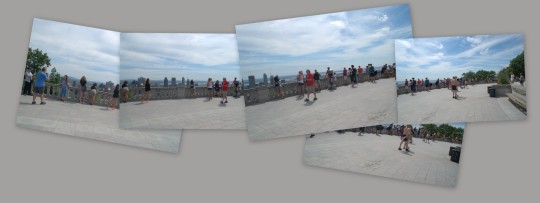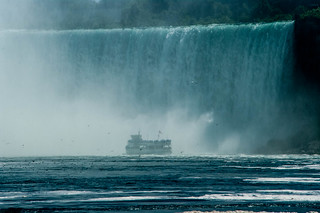I perceive an apparent growing gulf happening in digitally based photography.
On one side is the use of photography as a substitute way for seeing, the concept that if its not photographed it may not have happened (eg like the Zen question of does the leaf falling in a forest not make a sound if no one is there to hear it). This helps me make sense of Instagram, which I must admit I still do not fully understand. Some people obviously live through their Instagram photo stream and number of likes. I would worry this is a very shallow and short life. It might explain a lot, why people spend so much time scrolling through social media images, they are living the life through others, particularly celebrities, or worse they are snooping. This is kind of photography is characterized by small screens and short viewing times with the occasional zoom into to looking at the logo on a handbag.


On the other side I know some photographers go to a lot effort to cultivate an awareness of what they see and frame that within a photograph. Often this involves leaving some details out to focus attention (depth of field blurring in portraits is the classic example, moving the view so a land post is not growing out of the subjects head). These photos usually demand a longer look. Artists have been following this same path for centuries, they have used sketching as a way to record what they see, refine composition etc. The well seen photographs may be telling a story, have compelling composition or eye catching colours or intricate patterns. They are typically larger and physical, perhaps more likely to be in an older photography book or on a gallery wall. Considered photographs are unfortunately dying out, or perhaps disappearing into the first group where they are overwhelmed and scrolled over.
In the middle there exists a lot of what we can see and experience that just cannot be adequately photographed. This was bought home to me in the panoramic dome on VIA’s the Canadian train. There is just too much to save into a single frame that truly records experience of being there. Yes there are 3d cameras, wide angles and multi stitched panorama but you still have to look through a limited window (I haven’t yet tried the current range of virtual reality googles, but I am skeptical). These images is obviously distorted, occasionally this is charming, but usually it jars and fails to deliver. 
We see and should be aware of much more, both in terms of dynamic range of light and spatially, than a camera. Yet I worry bombarding ourselves with 1000’s of small images is dulling our ability to see. Improved seeing is not hard, can be taught and even (self) learned. So I hope you join in my next series of PhotoProjects which will be exercises in seeing.




No comments:
Post a Comment